India and China 1904-2004: A Century of Peace and Conflict traces the genesis of the present conflict between India and China from the expansionist policies of the British and the Manchus in the Himalayan regions. The respective expansionist policies resulted in the making of a common border between India and China; the spin off of which is the present geopolitical conflict. Relying on vast Chinese, Indian, as well as western sources, the study provides a detailed exigencies of the nature of conflict between India and China covering over a century of political contours in British India, the Manchu China, the Republican China and finally the Republic of India and peoples Republic of China (PRC). This include the British as well as Manchu aggression in Tibet and the ensuing diplomatic maneuverability between the various parties involved, which resulted in the conclusion of various conventions and boundaries including the contentious McMahon Line in the Eastern sector of the present Sino-Indian border. The parleys between the British with China on the Inner and outer Tibet boundary and the circumstances that led to the failure of an agreement between the Republic of China and the British on Tibet; the entry of the peoples liberation army into Tibet and the signing of 17 point agreement between China and Tibet: an agreement between Republic of India and the PRC on Tibet in 1954; and the flight of the Dalai Lama to India in the wake of an abortive Tibetan rebellion in 1959 are all pointers to the complexity of Tibet question and its implications on the Sino-Indian relations. An attempt has been made to critically analyse all these factors in the study under reference. The domestic socio-political and economic climate as well as the equations that resulted from the cold war between India and China have been looked into and analysed reflecting the Chinese and well as Indian perspectives. The special case of Sino-Pak entente cordiale and Sino-Indian rivalry in Asia as a whole has been analysed vis-a-vis their security concerns. The departure from ultra-left policies by China after Mao’s demise, and India’s willingness to negotiate the boundary issue with greater pragmatism, as well as signing of the maintenance of peace and tranquility agreement along border areas in 1993 and the agreement on confidence building measures in 1996 have been seen as advantageous for a Sino-Indian detente. The study concludes that irritants such as border problem, Sino-Pak nexus, Tibet issue and the Chinese attitude of looking at India as a South Asian hegemonic power would continue to haunt the Sino-Indian relations in the twenty first century and are capable of turning the relations sour due to their hypersensitive nature. However, willingness of both the countries to strengthen material and cultural ties will certainly enhance the mutual understanding and might pave the way for a final resolution of the border and other issues. It is the desire of the people of the two countries that respective political leaderships in India and China would show greater political maturity and will, and obliterate the dark cloud of 1962 that has eclipsed the bright sun of Sino-Indian amity.
India and China: 1904-2004: A Century of Peace and Conflict
In stock
Free & Quick Delivery Worldwide
reviews
Bibliographic information
Title
India and China: 1904-2004: A Century of Peace and Conflict
Author
Edition
1st ed.
Publisher
ISBN
8178271125
Length
xxiv+508p., Illustrations; Abbreviations; Bibliography; Index; 23cm.
Subjects

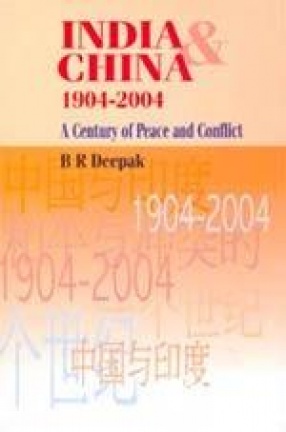
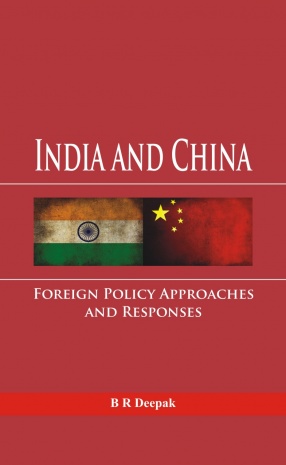
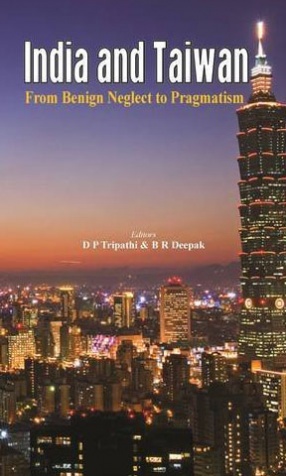

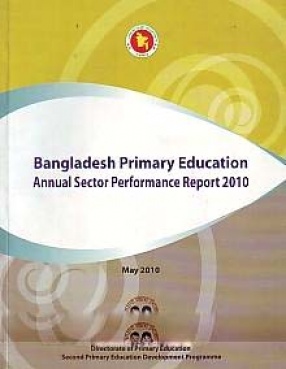

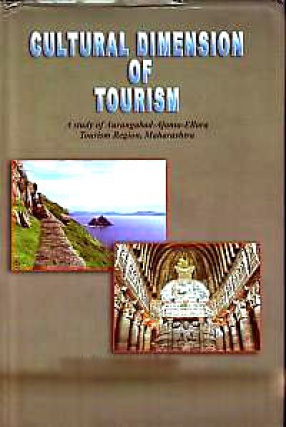
There are no reviews yet.